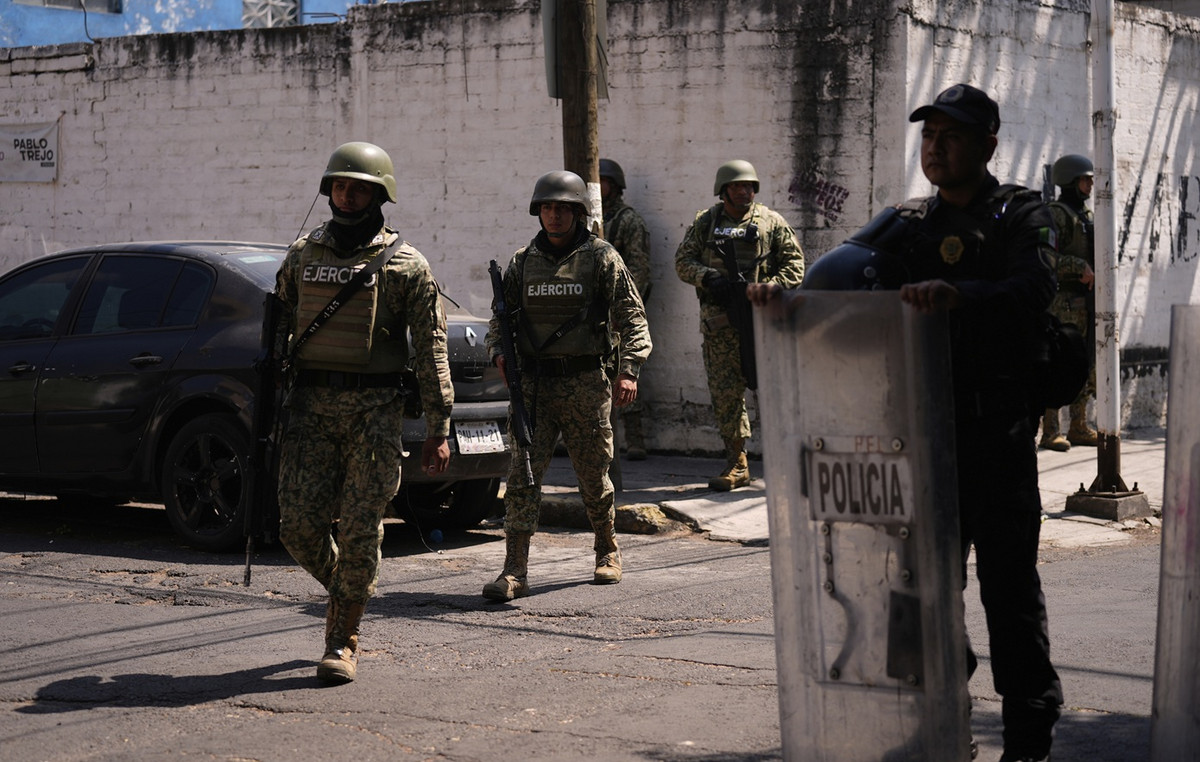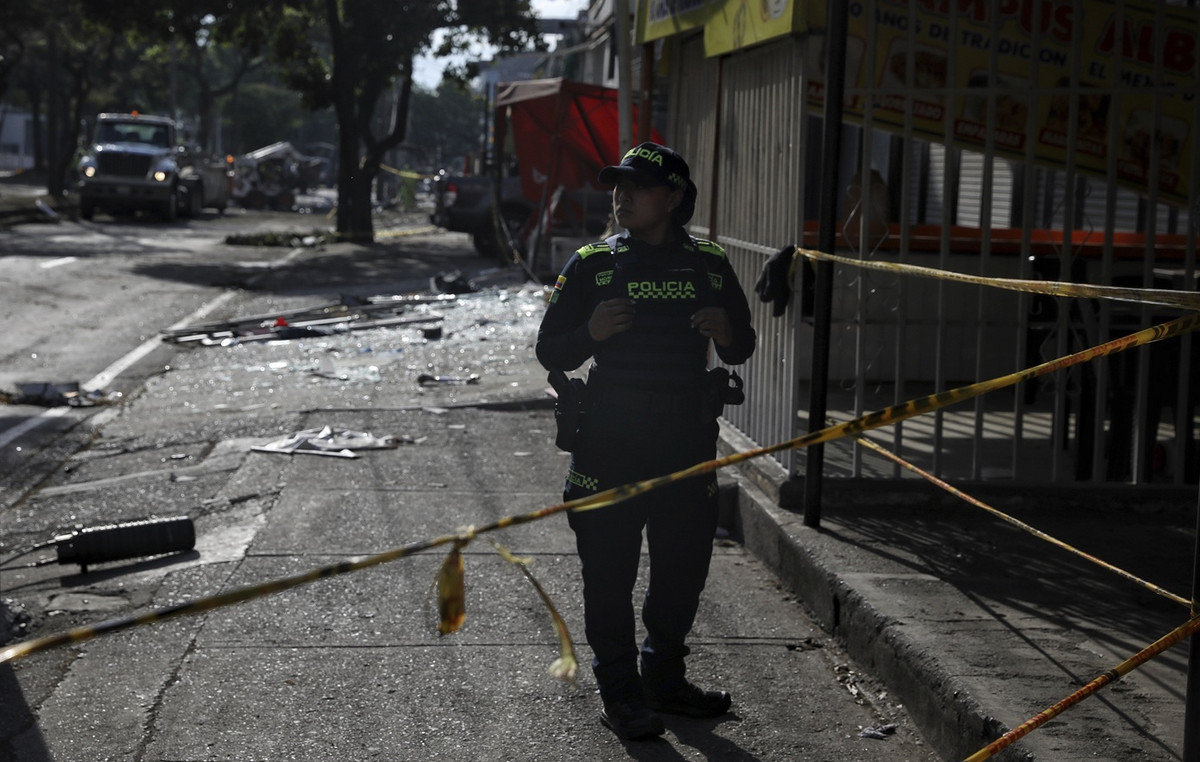The capital of India was filled with toxic smoke this Tuesday (23), after a fire in a huge landfill. This is the latest in a series of fires that authorities have struggled for years to control.
Parts of the Ghazipur landfill in New Delhi caught fire last Sunday (28), generating dangerous heat and methane emissions, heightening India's climate challenges.
This Tuesday (23), the fire at the largest landfill in the Indian capital caused irritation in the throat and eyes of residents living in the region.
The causes of the fire are still investigated by authorities; Landfill fires are often triggered by gases emitted by disintegrating waste.
Every year, as mercury levels rise during New Delhi's scorching summers, the city's landfills are engulfed in flames, generated by rotting waste, adding to India's methane gas emissions.
Methane is the second most abundant greenhouse gas after carbon dioxide, but it is the most potent contributor to the climate crisis because it traps the most heat.
India creates more methane from landfills than any other country, according to GHGSat, which monitors emissions via satellites.
The garbage mountain at Ghazipur is just one of 3,000 Indian landfills overflowing with decomposing waste and emitting dangerous gases, according to a 2023 report by the Center for Science and Environment, a nonprofit research agency in New Delhi.
At 65 meters, it is almost as tall as the historic Taj Mahal, and a monstrosity that towers over neighboring houses, damaging the health of residents.
Exposure to methane can worsen lung disease, cause asthma and increase the risk of stroke, according to the nonprofit Global Clean Air Initiative.
Methane emissions are not the only danger from landfills. Over decades, toxins have seeped into the soil, polluting the water supply for thousands of people living nearby.
At Bhalswa, one of Delhi's other large landfills, residents in 2022 complained of deep, painful cuts to their skin and respiratory problems.
Struggle to find solutions
More than 2,300 metric tons of solid waste arrive at the Ghazipur landfill every day, according to a July 2022 report from a committee tasked with reducing fires.
The Delhi Municipal Corporation uses drones every three months to monitor the size of the garbage mountain and is experimenting with ways to extract methane from it, the report said.
But authorities are struggling to keep up with the flow of waste at the site, which exceeded its capacity in 2002.
The committee said that biological mining to extract methane has been slow and that it is “highly unlikely that local authorities will achieve their goal of “flattening the garbage mountain” this year.
Solutions to the waste problem were outlined in a 2019 Indian government report, which recommended formalizing the recycling sector and installing more composting plants. But even though some improvements have been made in the country, such as door-to-door garbage collection and waste processing, India's landfills continue to grow.
As part of his “Clean India” initiative, Indian Prime Minister Narendra Modi said efforts are being made to remove mountains of garbage and convert them into green zones.
This goal, if achieved, could alleviate some of the suffering of those living in the shadows of massive landfills – and help the world reduce its greenhouse gas emissions.
But while India wants to reduce its methane production, it has not joined the 155 countries that have signed the Global Methane Pledge, a pact to collectively reduce global emissions by at least 30% from 2020 levels by 2030.
Scientists estimate the reduction could slow global temperature rise by 0.2% – and help the world reach its goal of keeping global warming below 1.5°C.
India has said it will not participate because most of its methane emissions come from agriculture – about 74% from farm animals versus less than 15% from landfills.
Source: CNN Brasil
Bruce Belcher is a seasoned author with over 5 years of experience in world news. He writes for online news websites and provides in-depth analysis on the world stock market. Bruce is known for his insightful perspectives and commitment to keeping the public informed.







